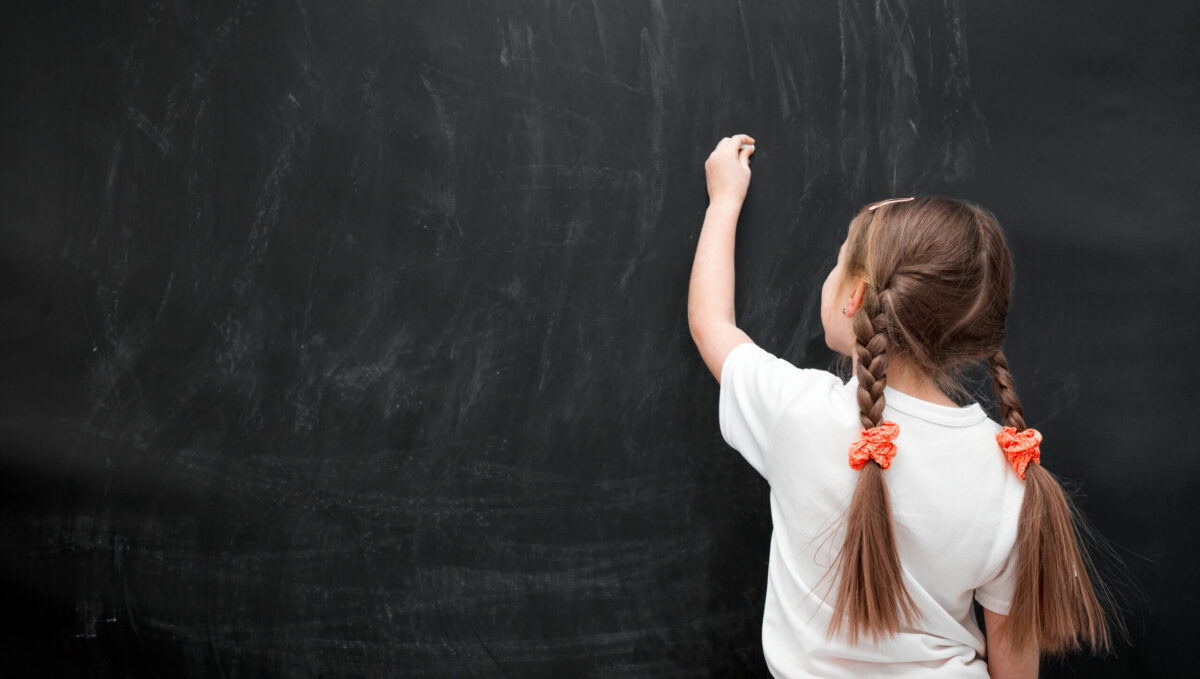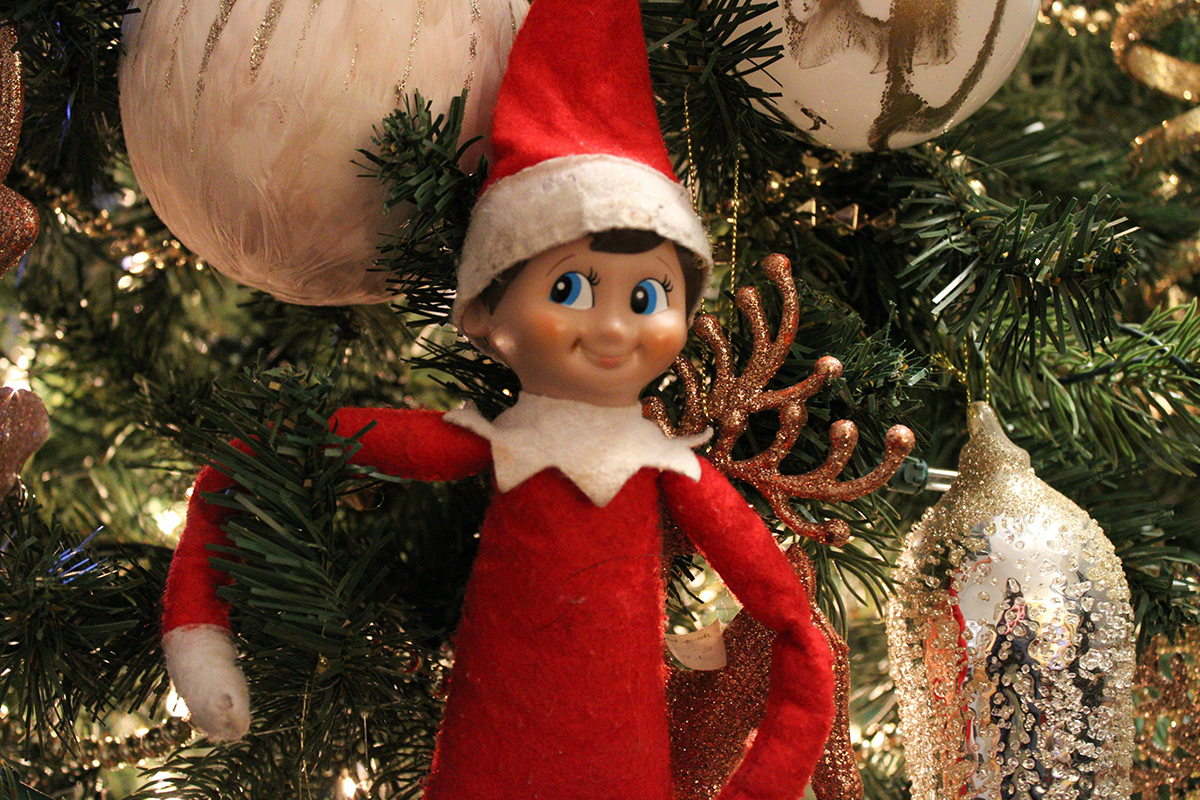At the end of September, I went to a conference in Denver. The first morning, I went for a run when it was still dark, on a path that was also used by bikes. Exactly 3.40 miles in, I collided with a cyclist going the other way (I know it was 3.40 because, like all good runners, the first thing I did after sitting up was stop my watch). It wasn’t anyone’s fault — we tried to avoid each other and ended up playing chicken wrong.
I thought I was okay upon sitting up and figured I’d just jog it back to the hotel (yes, I thought this). But when I tried to stand, I passed out. A few minutes later, I tried to stand again, and passed out again. At this point, the cyclist called an ambulance, and 10 minutes later I was headed to the ER. The EMTs measured my blood pressure at “90 over … what do you write down when it just fizzles out at the second number?,” which prompted the use of lights and sirens.
When I got to the ER, there were perhaps 30 people waiting in a trauma bay. I’ve been to the ER before — the time I cut my finger trying to catch a falling French press — but never in a situation in which people were actually worried something was wrong. Within about 30 seconds, there were 10 people working: taking blood, doing an ultrasound, checking my pulse, taking off my shoes (sorry to that person), running a chest x-ray. They were talking in medical jargon, back and forth, about what they were seeing.
A few minutes later, the head doctor announced, basically, that everything was fine (“I think we can downgrade the trauma level”). It turns out I was just a person in good aerobic condition with a bike-tire-shaped scrape on her leg, a head laceration, and questionable judgment about run timing (no one said that last part, but I could tell they were thinking it). So after a confirmatory CT scan and some staples in my head, I was out. I had time to shower before the first conference session.
Obviously a primary lesson from this is that I was enormously lucky. The cyclist who I ran into stopped and helped immeasurably (he told me his name, I immediately forgot it, but on the off chance you’re reading this, cycling guy — thank you). The EMTs and the ER staff were amazing, and I got off easy injury-wise. I did not end up with a concussion, which I can only attribute to dumb luck. The only significant casualties were a ripped T-shirt and a broken water bottle.
But there were at least three other things that I got from the experience, two of which closely relate to the themes of this newsletter and one of which is more personal. So I thought I’d take a little break from our regular programming and share them here, in case they’re useful to anyone else and so you don’t have to have a bike collision to learn them.
Lesson 1: Understanding is the enemy of fear
The collision was scary, as was passing out. Surprisingly, though, I didn’t feel scared after that. Even in the ER, when like 10 people were working on me at the same time and talking over me to each other, I wasn’t freaked out. The reason, I realized later, is that I understood what was going on.
I’m not a doctor, but I spend enough time in the medical arena that I can speak a bit of the language. In the ER, a lot of people were talking and there were a lot of tests, but, for the most part, I had a handle on what was happening. This understanding was the antidote to fear.
The most important key to understanding what was going on was my ability to parse at least some of the medical jargon. I know what the word “hypotensive” means, for example, and also how it relates to my own health. And this got me thinking about the role of jargon in expert communication more generally.
In this context, “jargon” is language that makes sense to other people in your field but not to the outside world. There are two reasons why people use jargon. The first is that it’s an efficient shorthand. The second is that it’s a signal of expertise. When I say to an econometrician, “I’m concerned about the asymptotics in the paper,” I am both communicating effectively about an issue and signaling that I’m someone who knows what asymptotics are, that I’m part of this club.
Using jargon to communicate efficiently is good — there is a reason for a shorthand in emergency medicine. It’s nice for me that I was able to understand what was going on in the ER, but that’s actually not a key goal when you’re worried someone might have internal bleeding.
When we use jargon to signal our expertise, though, its value seems more mixed. Especially when we do it to signal expertise to people outside our field.
Put simply: I think experts often imbue their communication with jargon because they think it makes them seem trustworthy and smart. It is tempting to think that mentioning asymptotics when I’m communicating with non-econometricians makes me seem like some kind of wizard who you should definitely listen to. This experience with my injury made me realize that … that’s probably wrong. In fact, it might literally be the opposite.
It may be that jargon doesn’t make an expert seem smart, it just makes people feel stupid and like they cannot understand. And that prompts fear or anger, or both. If understanding is an antidote to fear, then making sure people understand when we communicate is really important.
One of my primary goals with ParentData is to enhance understanding. To take academic papers and explain them without jargon. For me personally, much of the past 15 years has been about gradually learning how to communicate complicated concepts in a way that is (hopefully, usually) understandable. To some extent, this experience was a reminder of why I try to keep improving at that.
There’s also a broader lesson for when we are on the receiving end of expert opinion. There are times, during pregnancy and parenting and beyond, when you may have found yourself hearing advice or guidance that isn’t clear, and the reaction may be fear. It is worth asking: If I understood this better, would I feel less afraid? And if the answer is yes: ask. If there is time for a better explanation, you deserve one, and I’d bet in a lot of cases, it would be at least a partial antidote.
Lesson 2: Backup family systems
Waiting for the EMTs, I messaged two people: my husband and my executive assistant. They were both appropriately freaked-out — my husband wanted to fly to Denver, but the EMT told him to just hold off on that for now. I told both of them later that, until we could be more confident about there being no concussion, I would stay off screens.
And this is where I figured out an error in my family systems: we have no backup plans.
One of the first work-related messages that came through on the ParentData Slack channel after the accident was a link to our backup plan. This is a document we maintain to keep track of the necessary activities of ParentData, who is responsible for them, and who is the backup. If I couldn’t write for a week, what do we do? If the person who stages and sends out the newsletters is sick, who is in charge? We haven’t had to use this much, but when you need it, you need it.
My family doesn’t have this. For example, one of my family jobs is to plan out meals for the following week. I do this on Thursday mornings, but instead I was in the ER. Grocery shopping (by our wonderful nanny) happens on Fridays; without meal planning, she doesn’t know what to get.
I want to be clear: I know in the scheme of things, this is a small issue. At the same time, in a world in which I was somewhat incapacitated for some period, it wasn’t going to improve our lives to have the kids eat cereal for dinner for a week. I wrote a whole book about organizing your family like a firm; this was one lesson I missed.
This is an example of one of these “One Thing” lessons that we sometimes learn and try to change in response to. When I got back, we put together a backup family document that covers both this kind of emergency and also the more mundane question of who is in charge of things like lunches and snacks when I’m gone, or who does the trash when Jesse is out of town.
This lesson is little, but a point I try to make often is that it is fixing the little things that make your life run more easily. We made a backup plan; you might think about one too.
Lesson 3: I’m still 17 (in emotional age)
When I spoke with Jennifer Wallace about her book Never Enough, I talked about the spring of my junior year in high school, when I pushed myself harder than I think I should have, not wanting to let people (or myself) down. I said that, in retrospect, I wish I had taken more breaks, given myself more space to rest, maybe to fail a little.
We would all like to think, I suppose, that we mature with age and learn from our mistakes. I realized after this episode that … I am not sure I really have. I got out of the ER at 8:15 that morning. I took an Uber to my hotel (nicest driver ever, gave me a pep talk the entire way to the hotel, didn’t comment on my bloody shirt), showered, and showed up at my 9 a.m. conference session. I went to the conference. I recorded a podcast episode on one of my breaks. I went to dinner. The next day, I did it again, and then came home and parented for the weekend.
The only concession I made was to cancel my 16-mile long run on Friday. And you know what? I felt bad about it. I thought about going!
I can and will excuse this by saying that, in fact, I was fine. I didn’t end up with a concussion, and the cut on my head is healing. But when I am honest with myself, I don’t know if it would have mattered. I might well have just pushed through until I collapsed. I know how stupid this is, just like I know how stupid it was at 17. But if maturity brings me only self-knowledge but no actual behavior change, what’s the point?
I do not imagine I’m alone here. In the end, this is really an observation about self-care, or lack thereof. How often do we do things — as parents or people — that we believe are expected of us, when what we need is to just say no or even, god forbid, cancel something? If we want to be able to show up for the people we love for the long term, we need to show up for ourselves now.
I like to think we can change, so maybe despite 43 years of not having absorbed this lesson, this might be the head injury that does it. And for the rest of you, learn from my head injury so you do not have to have your own.
Community Guidelines
















Log in